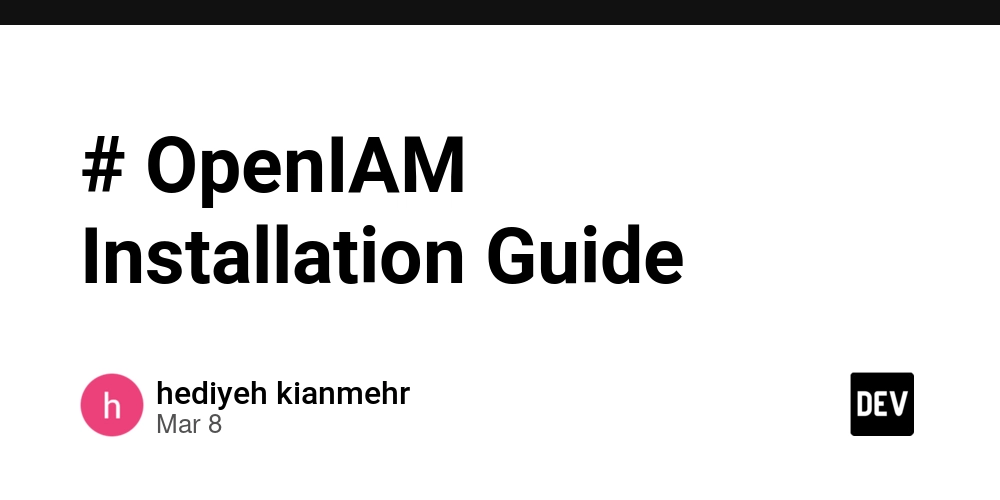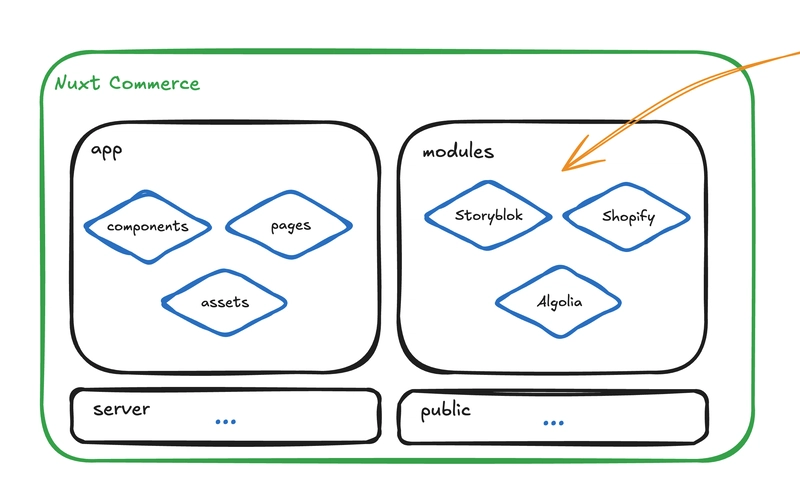# OpenIAM Installation Guide
Introduction OpenIAM is a software that helps organizations manage user access securely. This guide will walk you through a simple way to install OpenIAM on a Single VM (Virtual Machine) without needing deep technical knowledge. Installation Overview You will: Prepare your system (check system requirements). Download and set up a Linux operating system (CentOS). Connect to your VM. Install necessary system tools. Start the OpenIAM installation. Step 1: System Requirements Before installing, make sure your VM or computer meets these minimum requirements: Memory: 48GB RAM CPU: 8 cores Storage: 80GB free space To check your system, run these commands (if you have Linux): lscpu # Checks CPU free -m # Checks memory cat /etc/os-release # Shows OS version df -H # Checks disk space Step 2: Download CentOS OpenIAM works best with CentOS (a version of Linux). If you don’t have it yet, download it here: ➡ CentOS Download Step 3: Connect to Your VM Find your VM’s IP Address Run this command: ip addr Connect to your VM Use SSH (a remote login tool) to connect. Replace [your VM's IP] with your actual VM address: ssh root@[your VM's IP] Example: ssh root@172.16.101.128 If you're using Windows, you can use PuTTY to connect. Step 4: Install Necessary Tools Before installing OpenIAM, install some basic system tools. Run: dnf install tar This will ensure the system can extract necessary files. Step 5: Choose Installation Method: With Internet Access: The system will download required files automatically. Simply follow the OpenIAM instructions, and your system will be set up!

Introduction
OpenIAM is a software that helps organizations manage user access securely. This guide will walk you through a simple way to install OpenIAM on a Single VM (Virtual Machine) without needing deep technical knowledge.
Installation Overview
You will:
- Prepare your system (check system requirements).
- Download and set up a Linux operating system (CentOS).
- Connect to your VM.
- Install necessary system tools.
- Start the OpenIAM installation.
Step 1: System Requirements
Before installing, make sure your VM or computer meets these minimum requirements:
- Memory: 48GB RAM
- CPU: 8 cores
- Storage: 80GB free space
To check your system, run these commands (if you have Linux):
lscpu # Checks CPU
free -m # Checks memory
cat /etc/os-release # Shows OS version
df -H # Checks disk space
Step 2: Download CentOS
OpenIAM works best with CentOS (a version of Linux). If you don’t have it yet, download it here:
➡ CentOS Download
Step 3: Connect to Your VM
- Find your VM’s IP Address Run this command:
ip addr
-
Connect to your VM
Use SSH (a remote login tool) to connect. Replace
[your VM's IP]with your actual VM address:
ssh root@[your VM's IP]
Example:
ssh root@172.16.101.128
If you're using Windows, you can use PuTTY to connect.
Step 4: Install Necessary Tools
Before installing OpenIAM, install some basic system tools. Run:
dnf install tar
This will ensure the system can extract necessary files.
Step 5: Choose Installation Method:
- With Internet Access: The system will download required files automatically.
Simply follow the OpenIAM instructions, and your system will be set up!









































































































































































![[The AI Show Episode 142]: ChatGPT’s New Image Generator, Studio Ghibli Craze and Backlash, Gemini 2.5, OpenAI Academy, 4o Updates, Vibe Marketing & xAI Acquires X](https://www.marketingaiinstitute.com/hubfs/ep%20142%20cover.png)































































































































![[DEALS] The Premium Learn to Code Certification Bundle (97% off) & Other Deals Up To 98% Off – Offers End Soon!](https://www.javacodegeeks.com/wp-content/uploads/2012/12/jcg-logo.jpg)

![From drop-out to software architect with Jason Lengstorf [Podcast #167]](https://cdn.hashnode.com/res/hashnode/image/upload/v1743796461357/f3d19cd7-e6f5-4d7c-8bfc-eb974bc8da68.png?#)








































































































.png?#)


































_Christophe_Coat_Alamy.jpg?#)



.webp?#)






































































































![Apple Considers Delaying Smart Home Hub Until 2026 [Gurman]](https://www.iclarified.com/images/news/96946/96946/96946-640.jpg)
![iPhone 17 Pro Won't Feature Two-Toned Back [Gurman]](https://www.iclarified.com/images/news/96944/96944/96944-640.jpg)
![Tariffs Threaten Apple's $999 iPhone Price Point in the U.S. [Gurman]](https://www.iclarified.com/images/news/96943/96943/96943-640.jpg)

































































































































